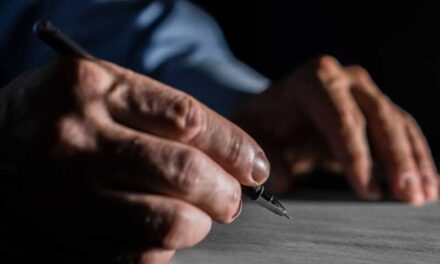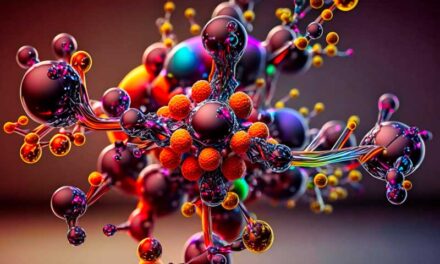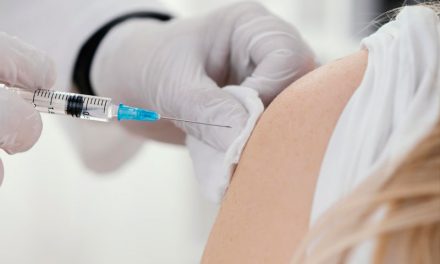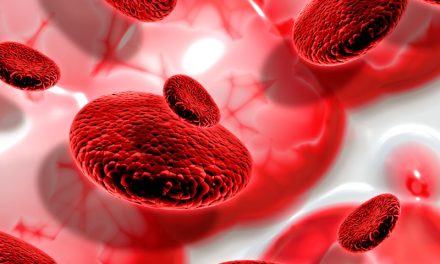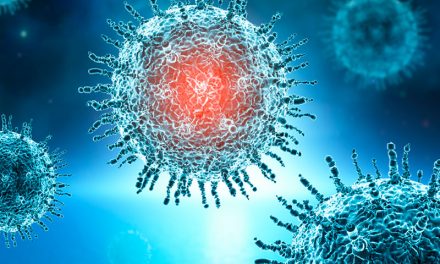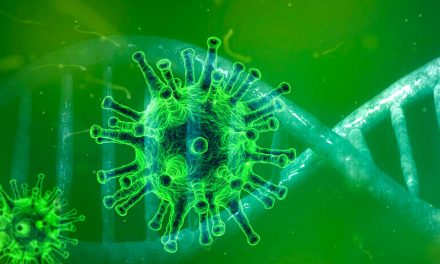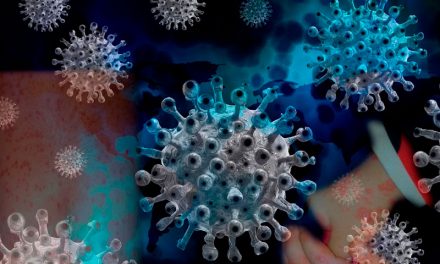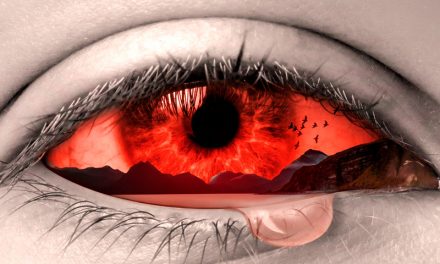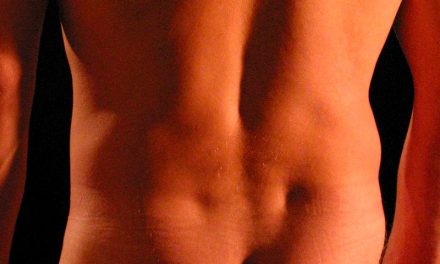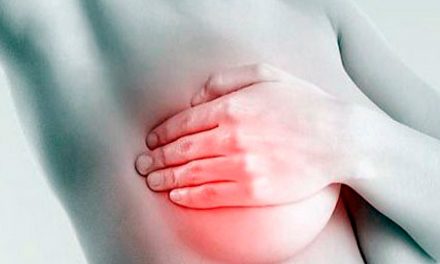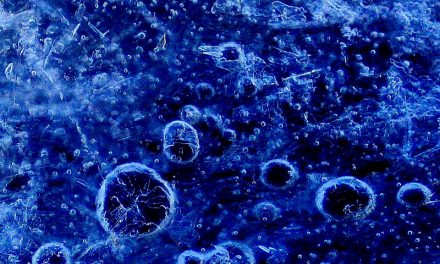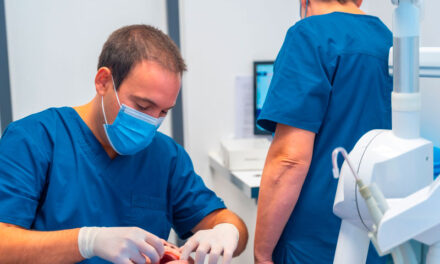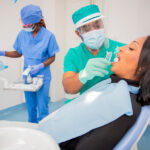Original paper
Author
Pérez Sánchez, Mirna Idalia, Schwartz Tapia, Adriana, Martínez Wbaldo, María del Consuelo
Abstract
The study addresses the reduction of oral bacteria through irrigation with ozonized saline solution under microbubble technology, given the prevalence of periodontal diseases and the need for effective methods to combat oral biofilm. The objective was to compare the bactericidal efficacy of ozonized saline solution with microbubble technology at high and low ozone doses.
A total of 21 patients meeting the inclusion criteria were selected from the Tivao®️ dental clinic. Following an initial anamnesis and oral examination, dental plaque samples were collected before and after irrigation with ozonized saline solution using the “Advanced Ozonated Saline Solution®” device, prepared at concentrations of 80 µg/mL and 8 µg/mL. Samples were cultured to quantify the number of bacteria before and after irrigation. Statistical analysis was conducted using descriptive statistics and the Wilcoxon test for related samples.
Results showed a significant reduction in the number of anaerobic bacteria after irrigation with both concentrations of ozonized saline solution. However, the low-dose solution demonstrated greater efficacy in reducing bacteria compared to the high-dose solution, with a statistically significant difference (p = 0.005). The reduction in anaerobic bacteria was significantly greater than that in aerobic bacteria.
Conclusions highlight the potential of intraoral irrigation with ozonized saline solution under microbubble technology as an effective and non-invasive method to combat oral biofilm and prevent dental diseases. There is a need for larger studies to confirm the efficacy of this treatment.
This post is also available in:  Español (Spanish)
Español (Spanish)




